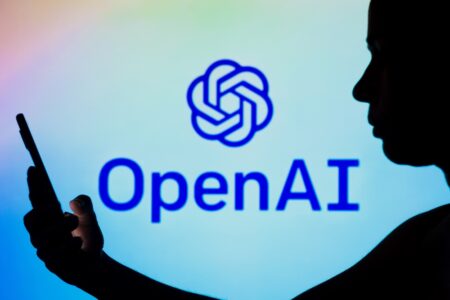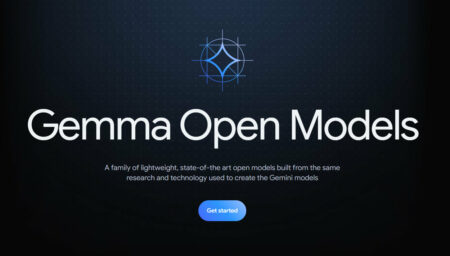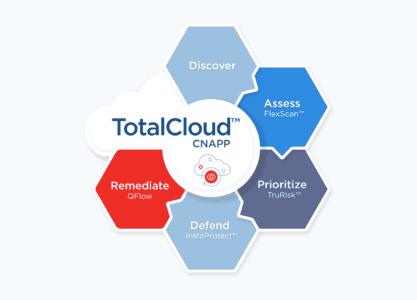The Project is focusing on open silicon designs and optical networking.
The Open Compute Project has outlined a new strategy which it released last week. The Project will pursue open silicon designs and concentrate on future innovations in optical networking, AI, and immersion cooling.
The Open Compute Project (OCP) is a collaborative community focused on redesigning hardware technology. The overall goal is to efficiently support the growing demands on compute infrastructure. .
Rebecca Weekly, OCP Chairman of the Board, unveiled the new strategy on a blog post on August 5. “As we look to the future, the Board sees computation requiring increasingly heterogenous and disaggregated solutions,” she writes. “And it is more important than ever for the ecosystem to come together to reimagine hardware and its ability to address this growing complexity with sustainable, secure and manageable practices.”
“The Foundation is launching new focus areas in alignment with the Board’s OCP 2.0 strategy,” she continues. These include “a set of initiatives focused on the next generation to meet the market needs and seed future innovation.”
Addressing the “changing landscape” of computation
Currently, there are 12 project groups with key subprojects in which individuals and organizations can participate that develop and share designs of data center products and best practices among companies within OCP.
While OCP continues to cover all aspects of modular hardware design, there has been growing interest in forward-looking initiatives. These include open hardware, chiplets, cooling and software solutions for broad community collaboration. The aim is to accelerate innovation and enable scale through ecosystem adoption.
“These changes in the landscape of computation have led to the formation of new community-led workstreams that will shape our next decade,” weekly claims. Highlights of the Project’s new focus include:
- Lead in defining market requirements for process and technology transitions for optimal convergence
- Define interfaces for future co-packaging to enable best-in-class components. These range from the silicon up and drive tools and reference platform standards
- Scale AI in the marketplace and lead innovation and market adoption of AI/ML. They will do this by building standardized infrastructure solutions for AI training at scale, AI inferencing, and ubiquity AI
- Deliver best-in-class, advanced cooling solutions, sustainable immersion cooling and cold plate designs that support use cases from cloud to edge
According to Weekly, the new strategy is “shifting our Community’s focus to not only address our current market needs, but also help drive the future of open-source hardware innovation. This, she maintains, “is critical to the success of the overall information technology industry.”



















